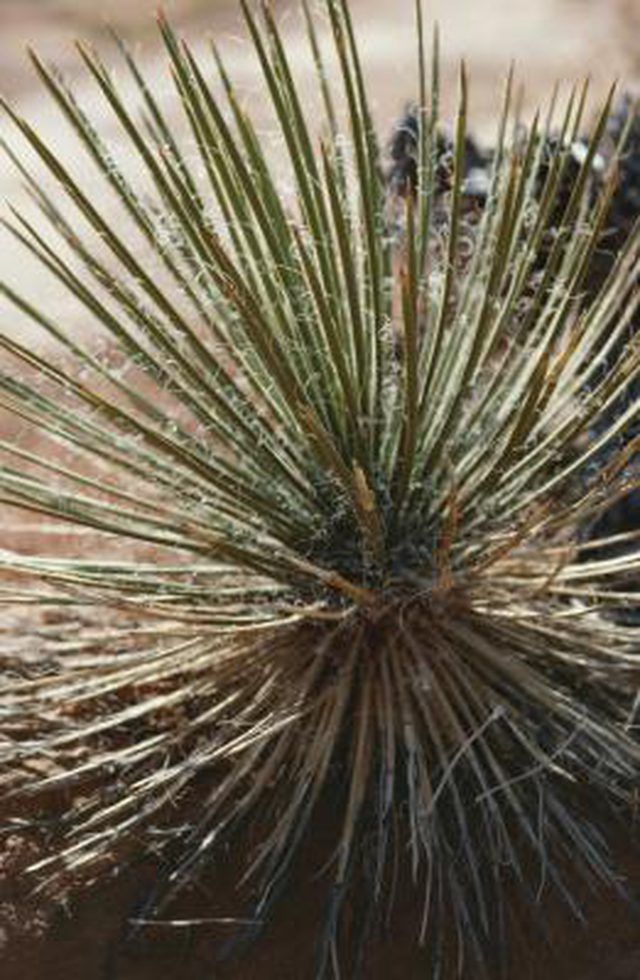Bulbs
Flower Basics
Flower Beds & Specialty Gardens
Flower Garden
Garden Furniture
Garden Gnomes
Garden Seeds
Garden Sheds
Garden Statues
Garden Tools & Supplies
Gardening Basics
Green & Organic
Groundcovers & Vines
Growing Annuals
Growing Basil
Growing Beans
Growing Berries
Growing Blueberries
Growing Cactus
Growing Corn
Growing Cotton
Growing Edibles
Growing Flowers
Growing Garlic
Growing Grapes
Growing Grass
Growing Herbs
Growing Jasmine
Growing Mint
Growing Mushrooms
Orchids
Growing Peanuts
Growing Perennials
Growing Plants
Growing Rosemary
Growing Roses
Growing Strawberries
Growing Sunflowers
Growing Thyme
Growing Tomatoes
Growing Tulips
Growing Vegetables
Herb Basics
Herb Garden
Indoor Growing
Landscaping Basics
Landscaping Patios
Landscaping Plants
Landscaping Shrubs
Landscaping Trees
Landscaping Walks & Pathways
Lawn Basics
Lawn Maintenance
Lawn Mowers
Lawn Ornaments
Lawn Planting
Lawn Tools
Outdoor Growing
Overall Landscape Planning
Pests, Weeds & Problems
Plant Basics
Rock Garden
Rose Garden
Shrubs
Soil
Specialty Gardens
Trees
Vegetable Garden
Yard Maintenance
How to Care for a Yucca Plant With Fungus
How to Care for a Yucca Plant With Fungus. Yuccas (Yucca spp.) are drought-tolerant evergreen plants well suited for dry sites. These plants, when situated in poorly drained soils, often suffer from reduced growth and vigor and are more susceptible to a fungal infection. Fungal pathogens on a yucca also can appear as a result of poor cultural...

Yuccas (Yucca spp.) are drought-tolerant evergreen plants well suited for dry sites. These plants, when situated in poorly drained soils, often suffer from reduced growth and vigor and are more susceptible to a fungal infection. Fungal pathogens on a yucca also can appear as a result of poor cultural practices such as overhead watering. A variety of fungi can attack yucca. Identification of the fungus or type of fungus is important, as this determines if the plant can recover and what type of fungicide must be applied – or if the plant will only continue to decline and should be discarded.
Things You'll Need
Scissors
Fungicide (active ingredient depends on the type of fungus)
Identify the fungus or recognize what type of fungus is causing symptoms. If the fungus appears as spots or specks on leaves, potentially responsible pathogens include Cercospora, Coniothyrium concentricum and Cytosporina. If stems are rotting, the yucca could be suffering from Fusarium stem rot or southern blight. There are no treatments for Fusarium stem rot and southern blight treatment is difficult and severely stunts plants.
Destroy the yucca if it is affected by Fusarium stem rot. Do not take cuttings from the plant and sterilize the medium and container in which the yucca was grown. Avoid this fungus by not using cuttings from infected plants and growing yucca only in well-drained sites or on raised benches.
Remove infected leaves from yuccas affected by leaf spot fungi. Destroy the leaves to prevent spread.
Avoid using overhead irrigation. When the plant requires water, provide a slow drip on the soil surface.
Protect the plant leaves from rainfall using a plastic covering or, if the yucca is container-grown, by moving the plant. Moisture on leaves is necessary for fungus spores to germinate, infect leaves and spread.
Treat the yucca with a fungicide. Coniothyrium and Cytosporina fungi can be controlled with regular applications of a product that contains mancozeb, zineb or chlorothalonil. Treat Cercospora leaf spot with fungicides that contain azoxystrobin, copper or myclobutanil. Apply fungicides according to manufacturer's instructions. Southern blight may be treated with a PCNB-based fungicide, if it is legal in the area. This fungicide may stunt growth and can only be used once every 12 months.